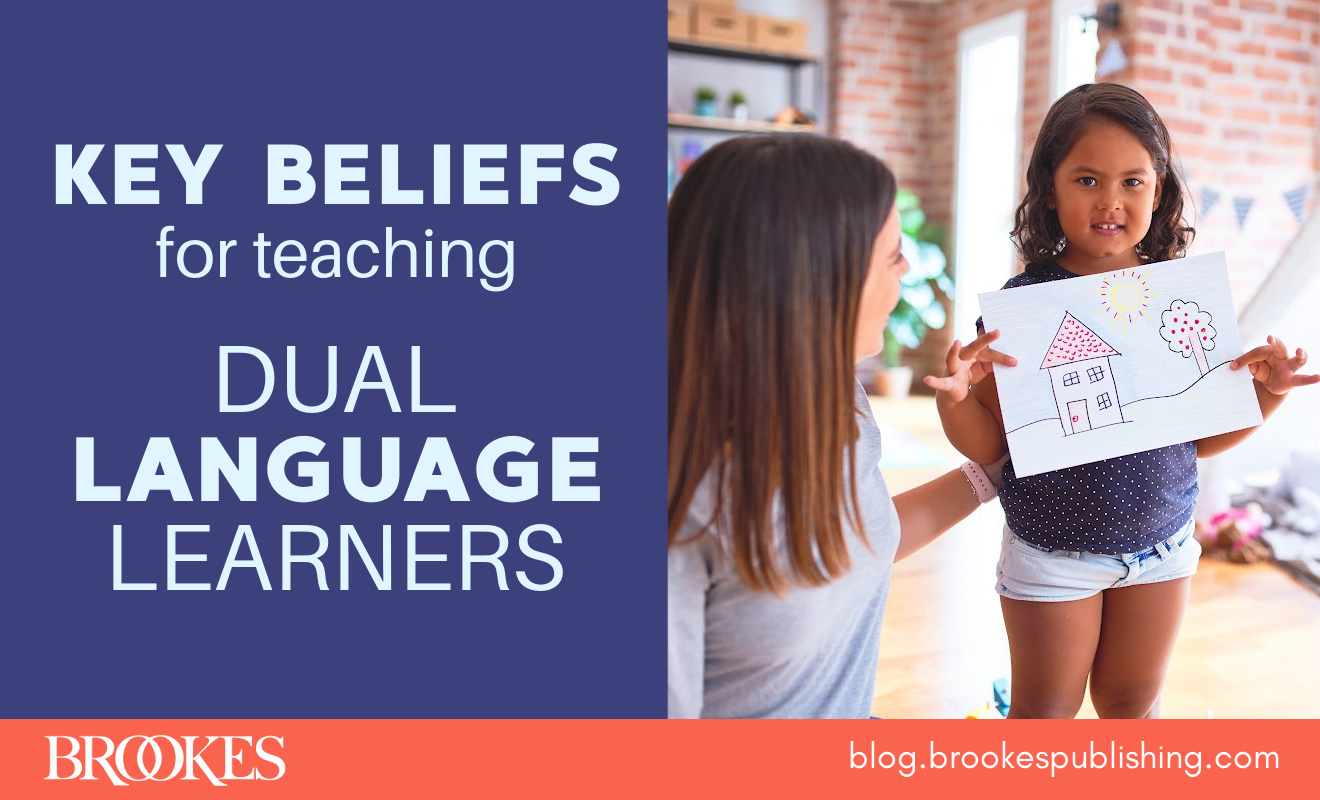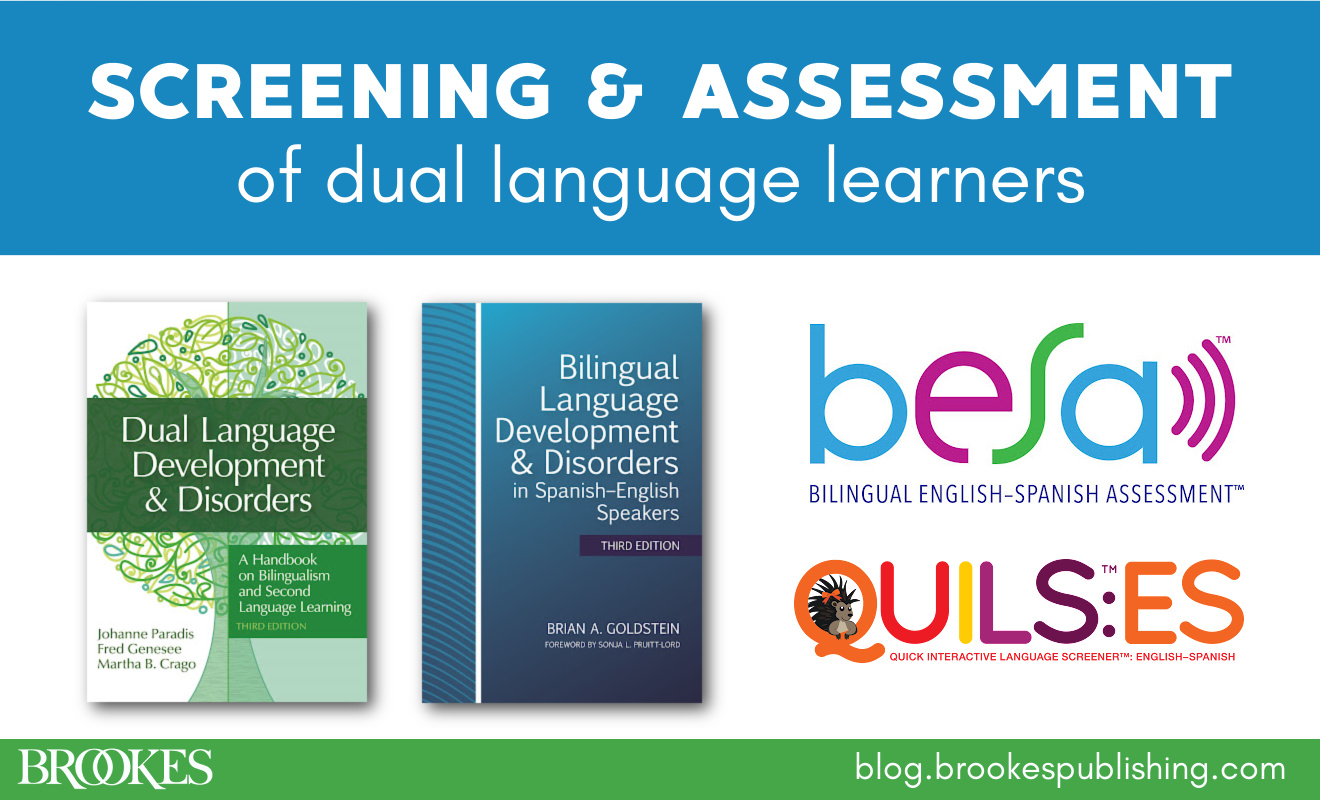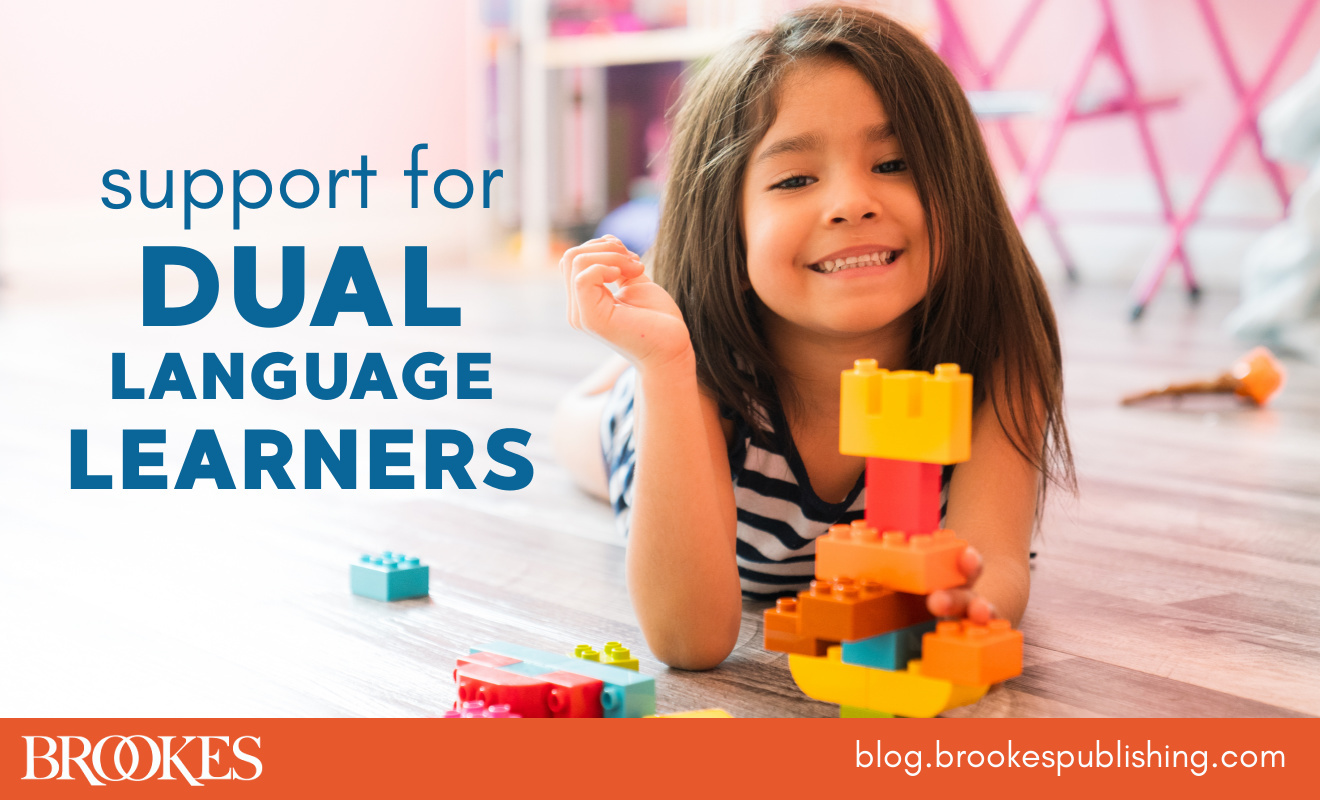Early childhood programs are welcoming more dual language learners (DLLs) than ever—and if you’re a teacher, you may be wondering how to teach and engage DLLs and promote their language development. In today’s post, we’re sharing 8 research-backed beliefs that teachers of young dual language learners should understand and internalize. Excerpted and adapted from the book Teaching Dual Language Learners by Lisa M. López & Mariela Páez, these core beliefs will give you a strong foundation to build on as you prepare DLLs for success in school and in life.
Belief 1: Children are capable of successfully learning multiple languages.
Children who are bilingual, both simultaneous or second language learners, have an impressive capacity to manage their language skills and communicate with others by purposely selecting different languages. Given adequate exposure, children develop these language skills and can navigate different language and cultural contexts at home, in school, and in their communities. The belief that children can develop and learn in more than one language provides a solid foundation for supporting DLL children in your classroom and encouraging families to continue using their home languages. Keep in mind that the process of developing and learning in two languages does not cause a child to have a developmental delay or language disability.
Belief 2: Both quality and quantity of input are important for language learning.
What is clear from the evidence on language development is that children need to be exposed to lots of language and engage in high-quality interactions with adults (and older peers) to successfully acquire language skills. All DLLs benefit from both quality and quantity of exposure in one or more languages. Language-rich environments, both at home and in your early childhood classroom, will promote language development through responsive interactions that involve tons of talking, singing, and reading.
Belief 3: Knowledge of a first language can support learning a second language.
Research indicates that DLLs who have strong home language skills can use these skills to build and transfer developing English language skills (U.S. Department of Health and Human Services & U.S. Department of Education, 2017). The long process of learning languages can be facilitated if your learners develop a strong foundation in one language and continue to develop in this language while being introduced to a second language. All available evidence supports DLL children’s capacity to learn two languages, the importance of supporting bilingual development as children acquire these language skills, and that knowledge of one language supports learning other languages.
Belief 4: Linguistic, cognitive, and cultural benefits can be gained from bilingualism and learning multiple languages.
There are additional social and cultural advantages to bilingualism, as DLL children develop skills to communicate across cultures with family and friends. Evidence also demonstrates cognitive advantages for children who are competent in two languages, including improved ability to plan, regulate behavior, and think flexibly (NASEM, 2017). And children who develop as bilinguals will have an edge in the future because their language skills could translate into economic opportunities and provide an advantage in new world markets.
Belief 5: Building children’s oral language skills and supporting their home language will help with learning English.
By maintaining their first language, DLL children will be better prepared to use these skills as resources for learning a second language. Encourage first language skills through specific strategies that support maintenance and prevent language loss. Emphasize the building of language skills through explicit instruction in English and include support for home languages, literacies, and cognitive skills to help DLLs be successful in school.
Belief 6: Children should play an active role in the classroom even if they do not speak the majority language.
It’s important to be inclusive of all children in your classroom, whether they have an exceptionality or speak a language other than English. All students should feel they are part of your learning community. Acknowledging and respecting students’ home languages within the classroom, pairing students with others who may speak the same language, and organizing your classroom schedule to meet the needs of all students will help DLL children play a more active role within the classroom community.
Belief 7: The classroom environment should reflect the different languages and cultures of the children regardless of the type of program (English only, bilingual, sheltered English immersion, or other).
Part of being welcomed is seeing your own language and culture reflected throughout all aspects of the classroom. Display signage for both children and families in the home languages of the families, as well as artifacts to help identify the classroom as a safe space for families and students to share their language and culture. If you speak only English, learn words and phrases in the children’s home languages and work to understand and respect their cultural practices. By incorporating the different languages and cultures of the children within instructional practice, you can create meaningful teacher–student and student–student interactions.
Belief 8: Teachers should support the family’s use of home languages with the child because parents should speak the language in which they are proficient and feel most comfortable speaking.
Teachers are often asked by families if they should speak English or the language of the classroom at home. The answer to this question should always be that families should continue using the language they feel most comfortable speaking. Young children need to engage in conversations and have opportunities to hear language—any language. If their caregivers can’t speak with them due to the language constraints of speaking only English, then the children may not develop the foundational language skills they need to successfully learn English in school. Encourage families to speak with their children in their home language, because this will have long-term positive outcomes for children’s English language development and academic success.
For more on encouraging the language and literacy development of DLLS—and conducting effective screening and assessment—read the other Brookes blog posts at the bottom of this page. And add the book behind today’s post to your library for ready-to-use, research-to-practice guidance you’ll use in your classroom year after year.

Teaching Dual Language Learners
What Early Childhood Educators Need to Know
By Lisa M. López Ph.D., & Mariela Páez, Ed.D.
This reader-friendly guide expertly connects research to practice for teachers of young DLLs. Early childhood educators will start with a detailed review of the demographics of today’s DLLs and the latest research on supporting the learning and development of bilingual and multilingual children. Then they’ll find practical, real-world guidance on the best instructional and assessment practices to integrate into their classrooms. Throughout the book, five case studies of diverse children highlight the importance of considering each child’s background, skills, and home experiences when designing effective learning environments.
REFERENCES





Write a Comment
Your email address will not be published. Required fields are marked *
Post a Comment